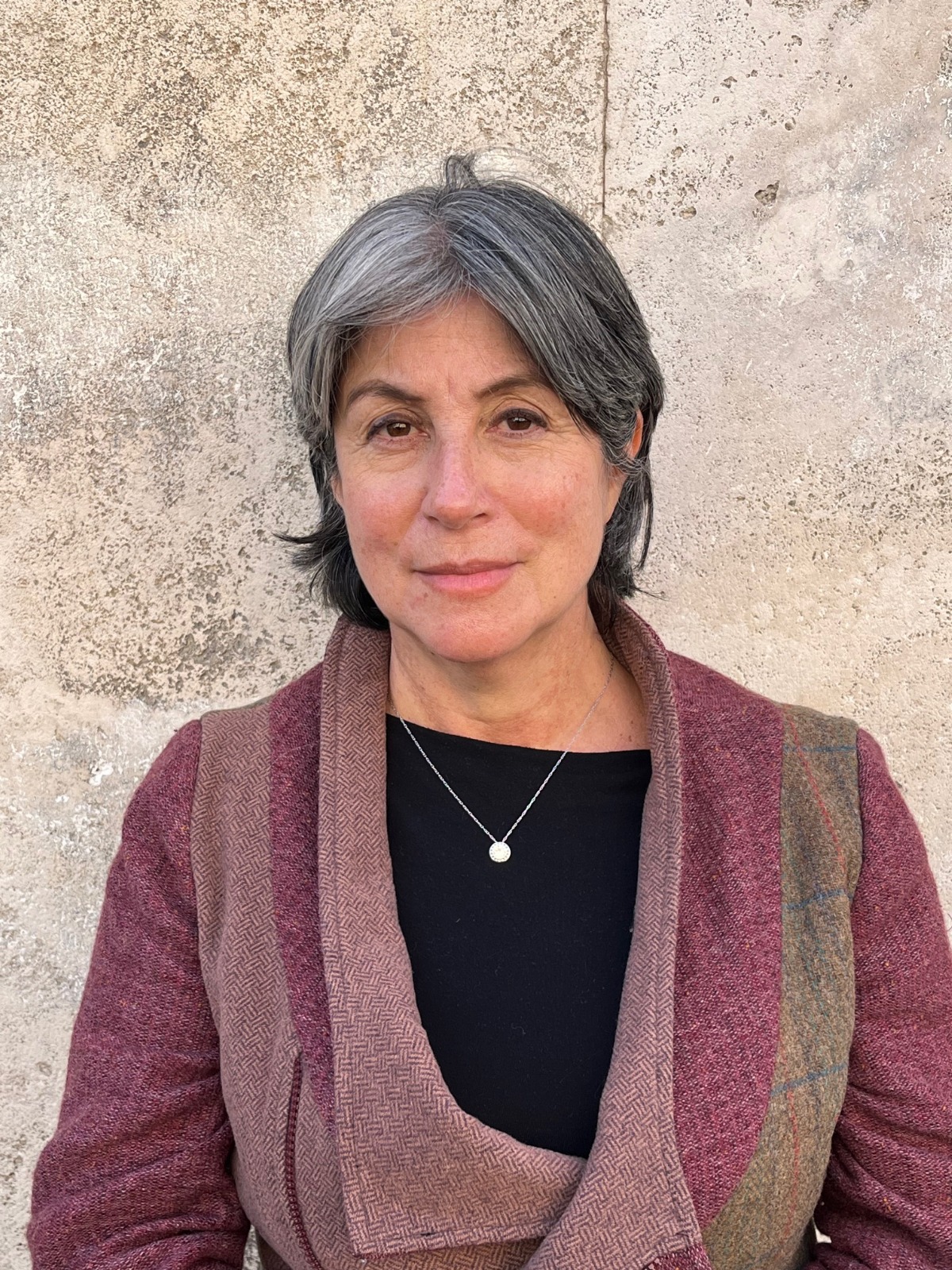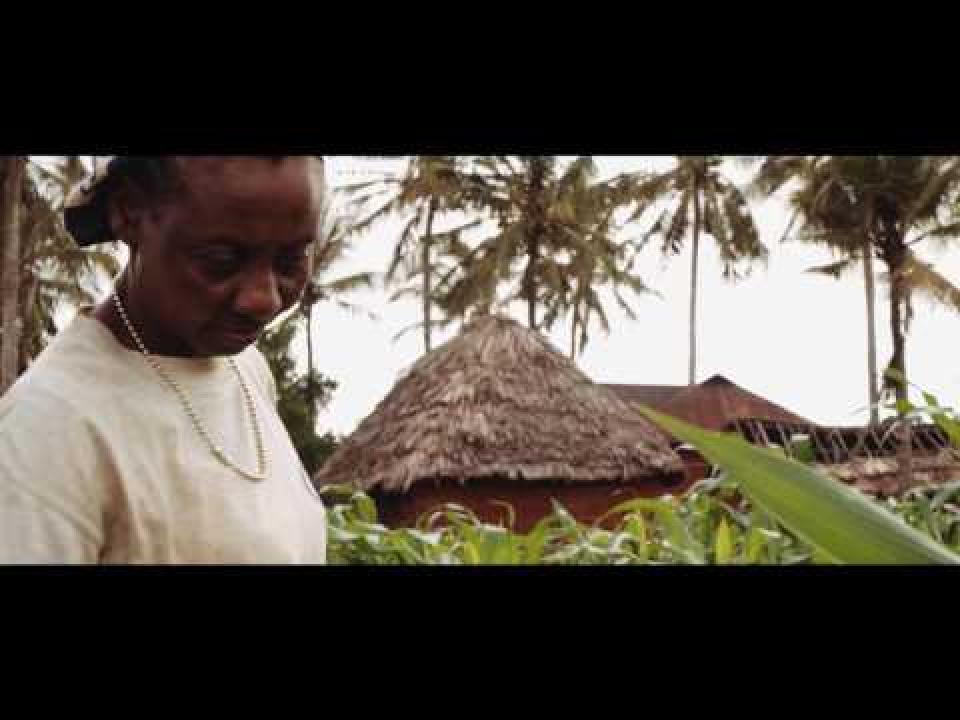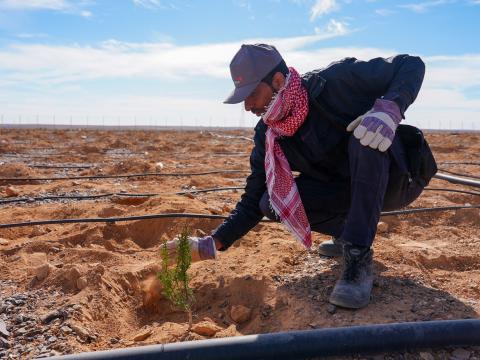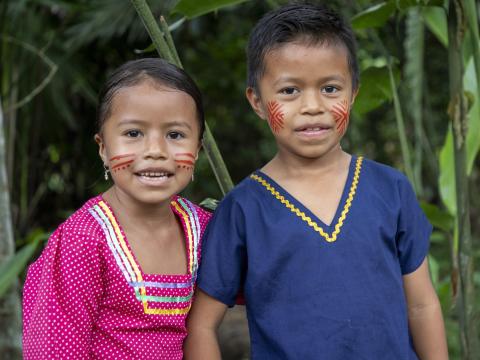
Are We Erasing Childhood in the Climate Challenge?
Andrea Galante shares why COP30 must put children’s education and future at the heart of climate action
30 September 2025.
Children are living the climate crisis now, not as a distant threat, but as a daily disruption to their education, health, and very sense of safety. Heatwaves close classrooms. Floods wash away textbooks. Rising food prices force children to drop out and work. They are the least responsible for this emergency, yet they are paying the highest price.
This isn’t only about safeguarding the planet’s future, it is about ensuring that millions of children today are not robbed of their right to learn, to play, and to thrive.
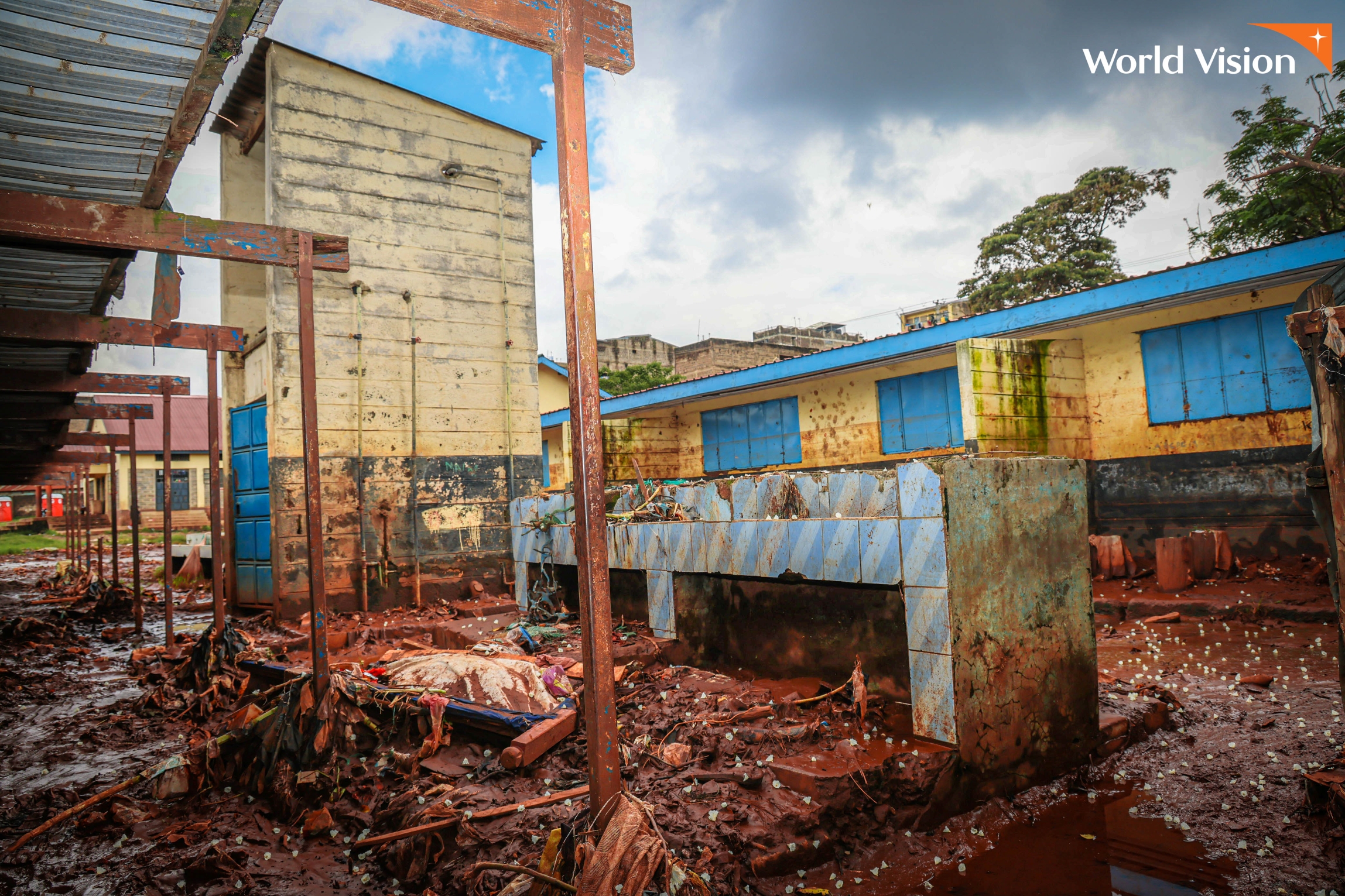
The hidden casualties of climate disruption
Climate change is not an equal-opportunity crisis. It strikes hardest at those already living on the margins, magnifying inequalities that keep families trapped in poverty. Today, more than half the world’s children grow up in cities, many in precarious neighbourhoods where extreme heat, flooding, and failing infrastructure converge. For them, climate risk is not a distant policy debate, it is water seeping into classrooms, the stifling air of overcrowded homes, and the daily anxiety of an empty plate.
The evidence is stark. Child malnutrition could rise by 20% by 2050 if current trends persist, undermining survival, growth, and learning. In 2024 alone, 300 million people required humanitarian assistance, with one in five children caught in or fleeing conflict, pressures intensified by volatile food markets and climate extremes.
Education under siege
When schools close, futures close with them. In 2024 alone, 242 million students across 85 countries had their learning disrupted by climate disasters. South Asia bore more than half the burden, while in Africa, shocks put another 20 million children at risk of permanent dropout, on top of the 107 million already out of school. For girls, the stakes are particularly high: every lost school year increases the chance of child labour, early marriage, or unsafe migration.
The Nutrition Dialogues revealed how climate change and food insecurity affect children’s daily lives. As one boy from the Solomon Islands expressed, he feels “sad and also scared because we won’t have coconuts in the future, neither to eat, nor to produce and earn money.”
His fear is not just about food. It is about identity, family survival, and dignity. Multiply that by millions of children from Bangladesh to Brazil and you begin to see how climate change is reshaping what it means to grow up.
And yet, in the very spaces where the need is greatest, children are routinely absent from climate data and finance. When strategies fail to count them, they are excluded from budgets and solutions alike, invisibility in data becomes invisibility in policy.
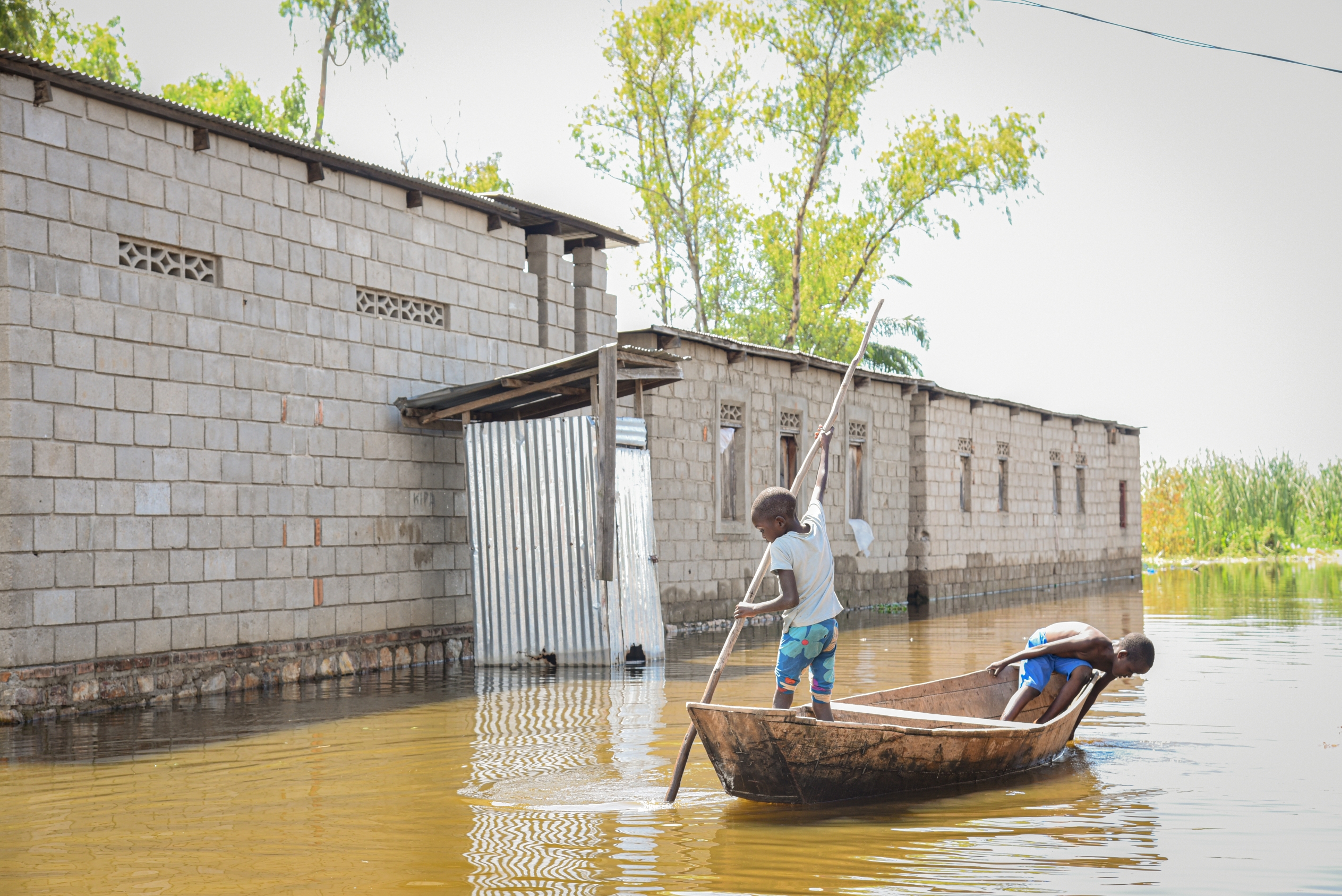
WV5111892/ Rodrigue Harakandi/2024.
Why COP30 matters
Belém, framed by the Amazon, is more than a symbolic host. It is the arena where countries must file their next climate action plansNDC 3.0 and National Adaptation Plans. This timing is pivotal for making children visible in national strategies.
Currently only 27% of the Nationally Determined Contributions (NDCs) meet UNICEF’s four child-sensitivity criteria, and just 32% explicitly reference children’s participation. If plans and finance are not designed to see children disaggregating data by age and sex, tracking how funds reach girls and boys policies will miss the mark.
This silence is not neutral. It is a political choice. And it carries devastating consequences. If children are absent from data, absent from budgets, absent from strategies, then they will remain absent from solutions.
What visibility really means
Making children “visible” is not a slogan. It means:
- Designing child-sensitive climate finance that tracks how funds reach girls and boys.
- Embedding education in climate resilience plans, because a classroom rebuilt after a flood is as vital as a sea wall.
- Ensuring early-warning systems, health services, and urban infrastructure are built with children in mind.
- Listening to children themselves. They may not sit at the negotiation table, but their reality is the sharpest evidence we have of what is at stake.
Put Classrooms at the Centre of Climate Policy
Children do not have decades to wait for promises. Every lost school year is a wound that shapes a lifetime. At COP30, world leaders have a choice: treat education as an afterthought of climate finance or recognise it as one of the most powerful tools we have to build resilience, equality, and hope.
The climate fight is ultimately about legacy. And no legacy is more urgent or more fragile than the future of our children.
Andrea Galante is World Vision’s Senior Advisor for Coalitions and Emerging Global Partnerships. She holds a Master’s and PhD in Nutrition and brings more than 30 years of experience in global advocacy, including at the UN, G7, and G20. Andrea has served in senior roles at FAO and WFP, coordinate nutrition graduate and master programs in São Paulo, and, as President of the Brazilian Nutrition Association, strengthened civil society’s voice in shaping Brazil’s hunger and nutrition policies
